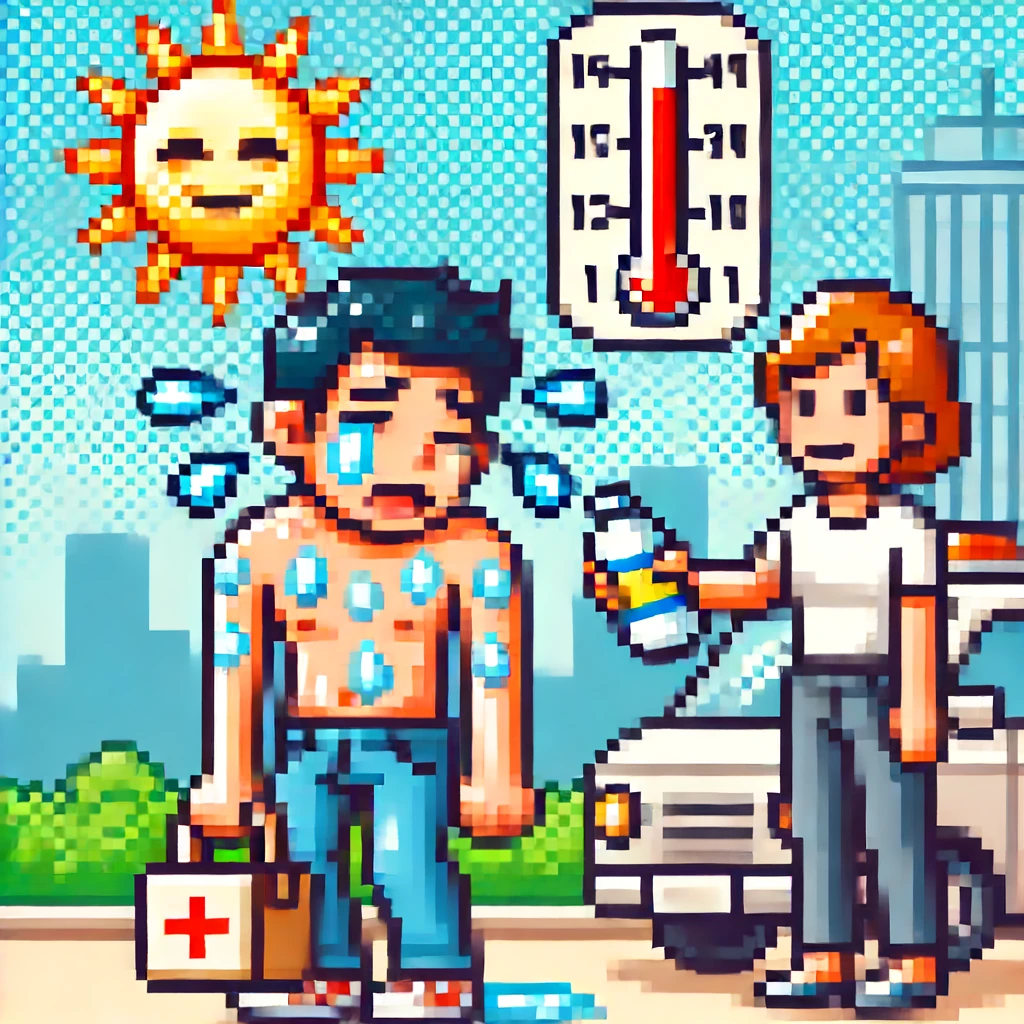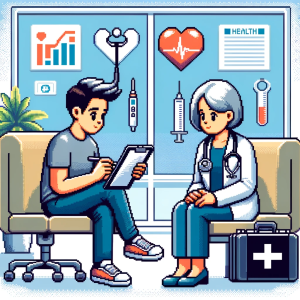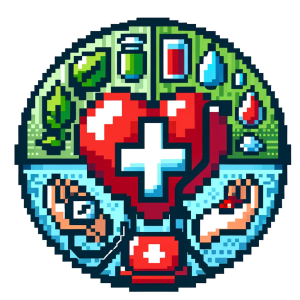
Understanding Heat Stroke: What You Need to Know
Heat stroke is a serious, life-threatening condition that occurs when the body overheats.
This is next week’s weather report around me as of 6/14.

With rising global temperatures and frequent heat waves, understanding heat stroke is more crucial than ever. This blog will break down the complexities of heat stroke, its causes, effects, and the current research on treatment and prevention.
What is Heat Stroke?
Heat stroke happens when the body’s temperature regulation fails, causing the body temperature to rise above 104°F (40°C). This can happen due to extreme environmental heat or intense physical activity. Heat stroke requires immediate medical attention as it can lead to organ damage or even death.
Types of Heat Stroke
There are two main types of heat stroke:
- Exertional Heat Stroke: This type occurs in healthy individuals who engage in strenuous physical activities, such as athletes or soldiers.
- Non-exertional Heat Stroke: This affects people who are exposed to high temperatures without physical exertion. It often impacts the elderly, those with chronic illnesses, or those without access to cooling methods like air conditioning.
Symptoms and Diagnosis
Recognizing the symptoms of heat stroke is crucial for timely treatment. Symptoms include:
- High body temperature (above 104°F or 40°C)
- Altered mental state or behavior (confusion, agitation, slurred speech)
- Nausea and vomiting
- Rapid, shallow breathing
- Racing heart rate
- Headache
Doctors typically use criteria from either Bouchama’s definition or the Japanese Association for Acute Medicine (JAAM) to diagnose heat stroke. These include assessing body temperature, mental status, and signs of organ dysfunction.
Pathophysiology: What Happens in the Body
When the body overheats, it triggers a series of harmful processes:
- Thermoregulation Failure: The body’s ability to regulate its temperature fails, leading to hyperthermia.
- Organ Damage: High temperatures cause damage to the brain, heart, kidneys, and muscles.
- Inflammatory Response: The body releases inflammatory proteins and cytokines, causing widespread inflammation and clotting issues.
Current Treatments and Their Efficacy
Several treatments are available, but their effectiveness varies:
- Cooling Methods: Rapid cooling is essential. Methods include ice packs, cold-water immersion, and cooling blankets. Intravascular cooling, which involves cooling the blood directly, has shown promise but needs more research.
- Anticoagulation Therapy: Drugs like anticoagulants are used to manage blood clotting issues but lack strong evidence of efficacy.
- Blood Purification: Techniques like hemodialysis or plasma exchange aim to remove inflammatory substances from the blood, though more studies are needed to confirm their benefits.
- Continuous Electroencephalogram (cEEG) Monitoring: This method helps monitor brain activity in severe cases, ensuring timely intervention for neurological complications.
Prevention: The Best Strategy
Preventing heat stroke is vital, especially for vulnerable populations. Here are some key strategies:
- Stay Hydrated: Drink plenty of water, even if you don’t feel thirsty.
- Use Air Conditioning: Spend time in air-conditioned places during heat waves.
- Avoid Strenuous Activity: Limit physical activity during the hottest parts of the day.
- Wear Appropriate Clothing: Light-colored, loose-fitting clothes help keep the body cool.
- Be Aware of Medication Effects: Some medications can increase the risk of heat stroke. Check with your doctor if you’re on any regular medication.
Why Should You Care?
Heat stroke is becoming more common due to climate change, with heat-related deaths expected to rise significantly by 2050. Understanding and preventing heat stroke can save lives, especially among vulnerable populations like the elderly, children, and those with chronic illnesses.
Let us know in the comments!
- Have you or someone you know experienced symptoms of heat stroke? What preventive measures do you think are most effective?
- How do you think communities can better support vulnerable populations during heat waves?
Conclusion
Heat stroke is a severe condition with high mortality rates if not treated promptly. While current treatments focus on cooling and managing organ dysfunctions, more research is needed to find the most effective methods. Prevention remains the best strategy, emphasizing the importance of staying cool and hydrated during hot weather.
By understanding heat stroke, we can better protect ourselves and our communities from this life-threatening condition.
Boost Your Public Health Knowledge – Subscribe and Make a Difference!
Unlock important knowledge with “This Week in Public Health.” Each issue has insights on key research, community health successes, and tips for advocacy. Don’t just learn about change – drive it. Subscribe for free and start making an impact with every issue!
About the Author
Jonathan P. Scaccia, PhD is a clinical-community psychologist with a robust background in public health science and practice. He has led innovative evaluation and research initiatives targeting health equity, vaccine distribution, and organizational readiness. Dr. Scaccia has significantly contributed to major projects, including federal suicide prevention programs and vaccine equity strategies. He has provided expert consultation on public health improvement and evaluation for both national and international NGOs. His work, characterized by a commitment to accessible and impactful public health solutions, has been recognized with awards from the American Evaluation Association and the Society for Implementation Research Collaboration. Dr. Scaccia’s expertise in natural language processing, data analysis, and community-based research makes him a leading voice in advancing public health practices.



